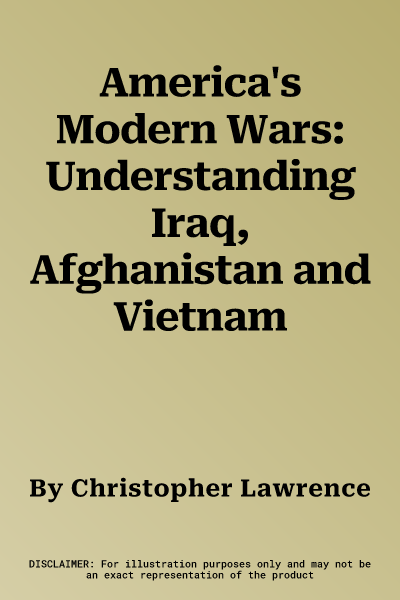While the past half-century has seen no diminution in the valor and
fighting skill of the U.S. military and its allies, the fact remains
that our wars have become more protracted, with decisive results more
elusive. With only two exceptions--Panama and the Gulf War under the
first President Bush--our campaigns have taken on the character of
endless slogs without positive results. This fascinating book takes a
ground-up look at the problem in order to assess how our strategic
objectives have recently become divorced from our true capability, or
imperatives.
The book presents a unique examination of the nature of insurgencies and
the three major guerrilla wars the United States has fought in Iraq,
Afghanistan and Vietnam. It is both a theoretical work and one that
applies the hard experience of the last five decades to address the
issues of today. As such, it also provides a timely and meaningful
discussion of America's current geopolitical position.
It starts with the previously close-held casualty estimate for Iraq that
The Dupuy Institute compiled in 2004 for the U.S. Department of Defense.
Going from the practical to the theoretical, it then discusses a
construct for understanding insurgencies and the contexts in which they
can be fought. It applies these principles to Iraq, Afghanistan and
Vietnam, assessing where the projection of U.S. power can enhance our
position and where it merely weakens it.
It presents an extensive analysis of insurgencies based upon a unique
database of 83 post-WWII cases. The book explores what is important to
combat and what is not important to resist in insurgencies. As such, it
builds a body of knowledge based upon a half-century's worth of
real-world data, with analysis, not opinion. In these pages, Christopher
A. Lawrence, the President of The Dupuy Institute, provides an
invaluable guide to how the U.S. can best project its vital power, while
avoiding the missteps of the recent past.

